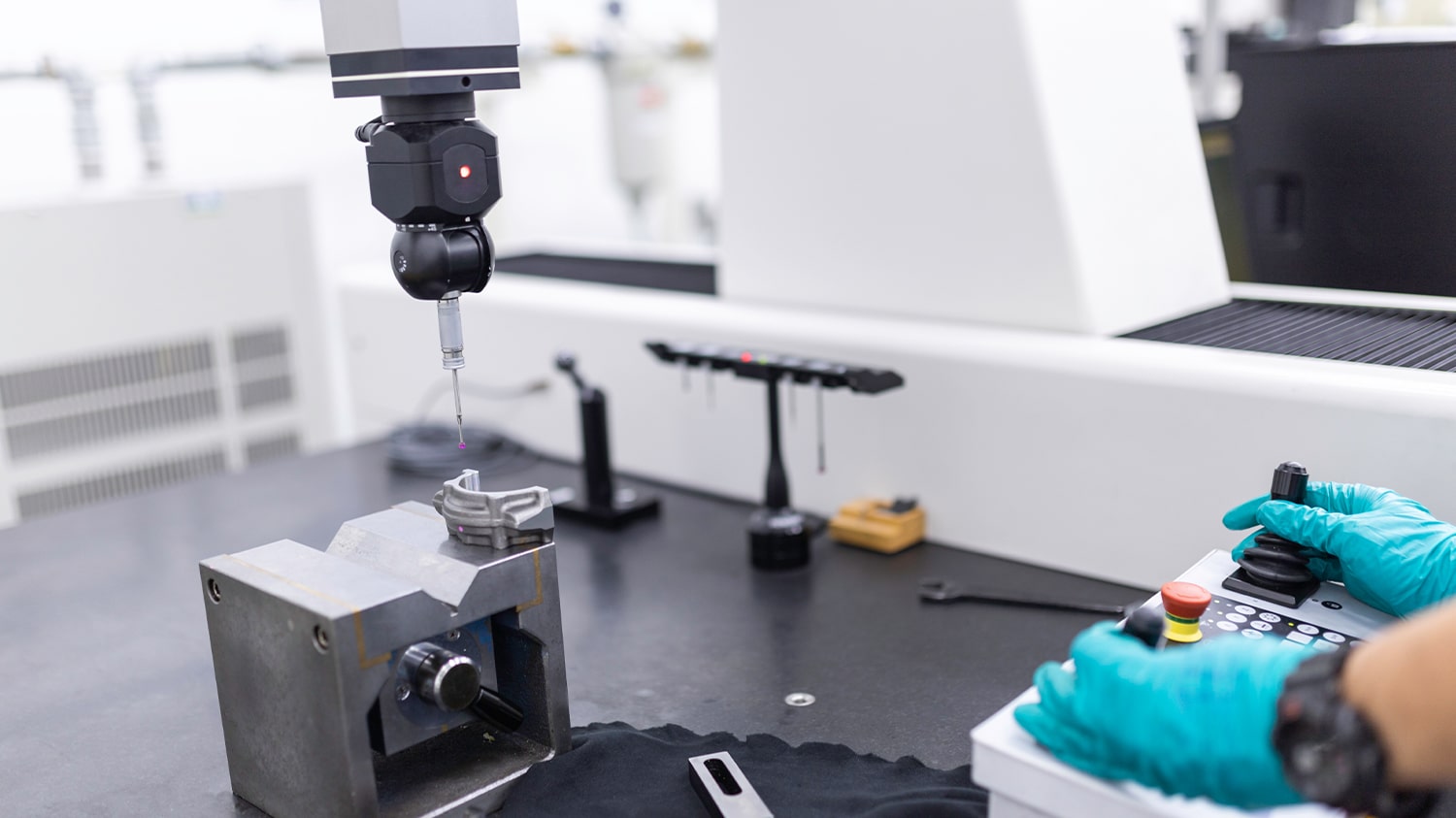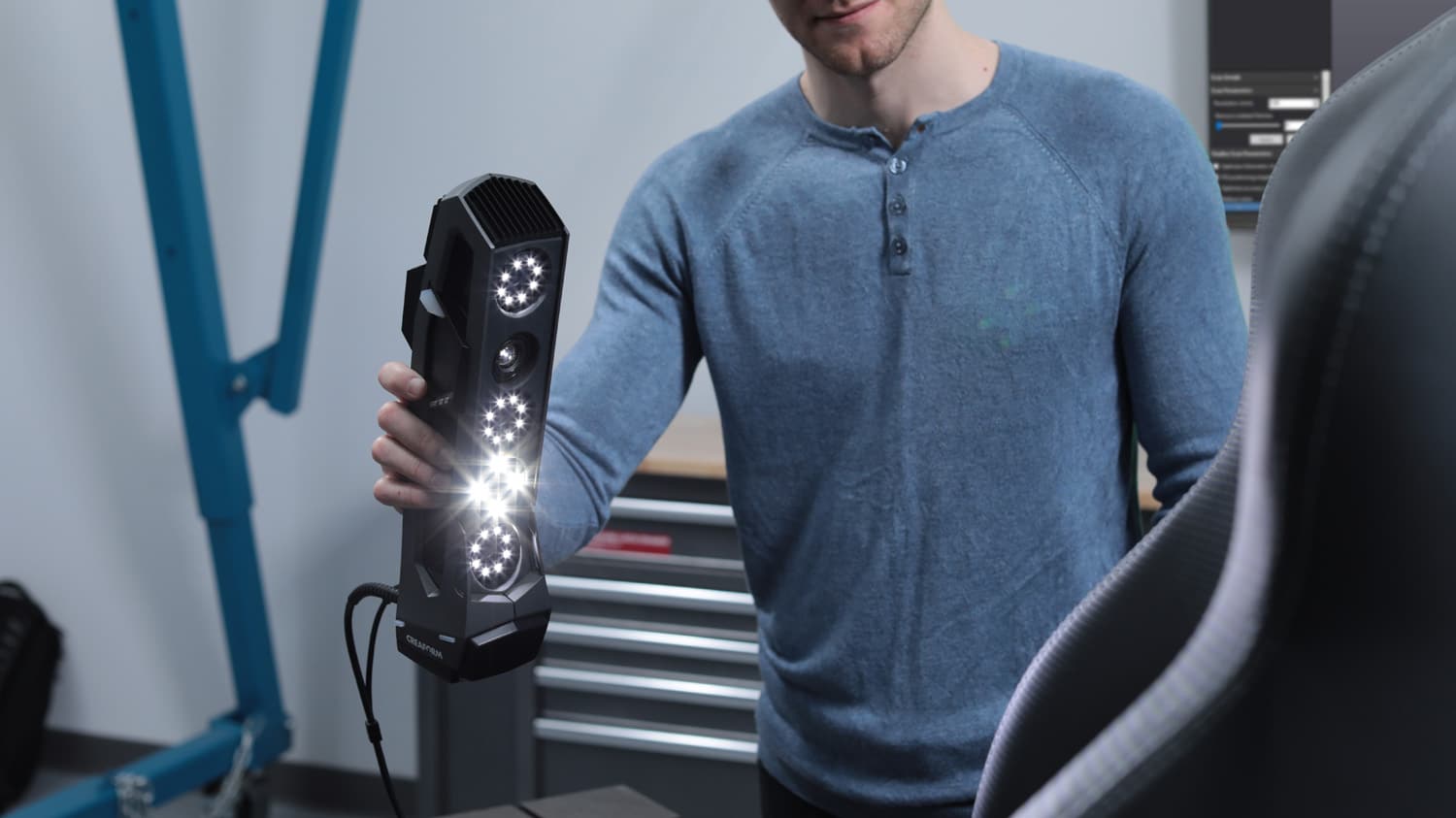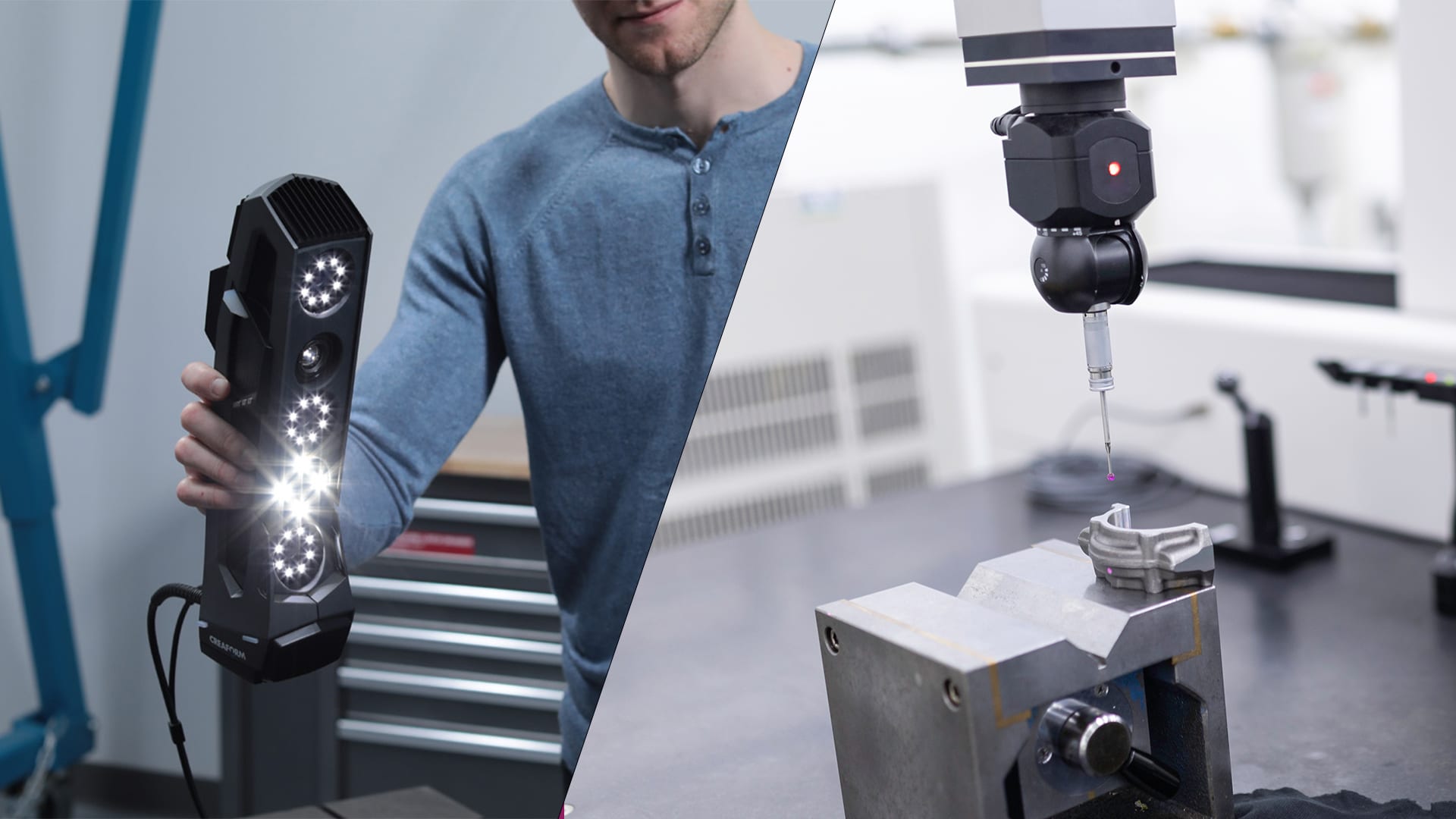Choosing a CMM or 3D Scanner
Both 3D Scanners and Coordinate Measuring Machines (CMMs) are incredibly useful and have pros and cons. Here’s a breakdown of which one is best for your application.

CMMs and portable 3D scanners are tools used for measuring and inspecting the physical geometries of objects Both offer a diverse range of outputs compatible with most modern workflows but they do have some fundamental differences.
CMMs are large, stationary machines used in manufacturing and quality control processes. They typically have higher accuracy and repeatability compared to portable 3D scanners, and are able to measure to within microns of a target dimension. CMMs are highly precise, making them ideal for measuring small to medium-sized parts that require high accuracy, such as aerospace components or medical implants. However, CMMs are not as versatile as portable 3D scanners, as they are not as easily transported and cannot be used in the field.

Portable 3D scanners, on the other hand, are handheld devices that can be used in the field to measure objects of various sizes and shapes. They are lightweight and can be transported easily, making them ideal for on-site inspections and reverse engineering applications. Portable 3D scanners are generally less accurate than CMMs, the Creaform HandSCAN for example can measure up to 0.02mm however, they are highly versatile and can measure objects in challenging environments or in locations where a CMM would not be feasible, such as archaeological sites or underwater structures.
Another important difference between CMMs and portable 3D scanners is the way they collect data. CMMs typically use a probe to touch various points on an object’s surface and record the X, Y, and Z coordinates of each point. Portable 3D scanners use a variety of methods to capture data, including structured light, laser triangulation, and photogrammetry like the Maxshot 3D. Some portable 3D scanners can capture data in real-time, making them faster than CMMs, which typically take longer to complete a measurement.
In summary, CMMs and portable 3D scanners have different strengths and weaknesses. CMMs are highly precise, stationary machines used in manufacturing and quality control processes, while portable 3D scanners are versatile, handheld devices used in a variety of applications, including reverse engineering and on-site inspections.
Ultimately, the choice between a CMM and a portable 3D scanner comes down to 3 questions:
- How accurate do you need your data?
- How fast does your workflow move?
- Is portability a benefit to your business?



